Exploring the Nutritional Profiles of Nature’s Tiny Superfoods
Welcome to our comprehensive guide to the different varieties of microgreens! With each type boasting its unique flavor, appearance, and nutritional profile, there's a microgreen for everyone. In this guide, we'll explore some popular microgreen varieties and their respective nutrients and vitamins.

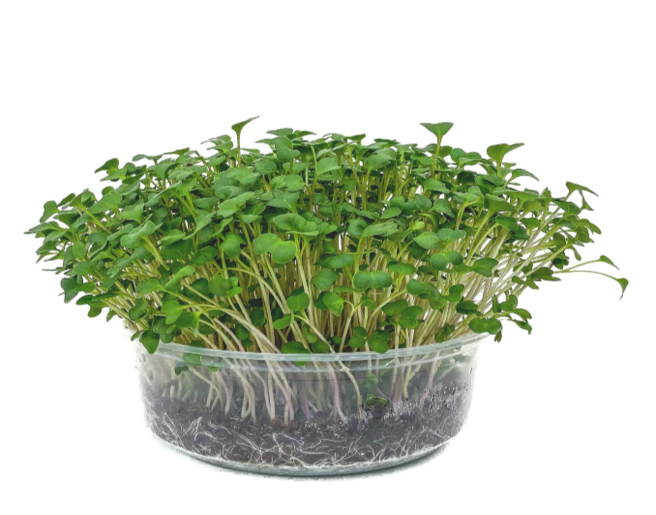
Nutrients and vitamins: High in vitamins A, C, E, and K, as well as minerals like calcium, iron, and potassium. They also contain sulforaphane, a compound known for its antioxidant and anti-cancer properties.
Flavor profile: Mild and slightly peppery, with a hint of broccoli flavor.
Culinary uses: Add to salads, sandwiches, and wraps, or use as a garnish for soups and stir-fries.

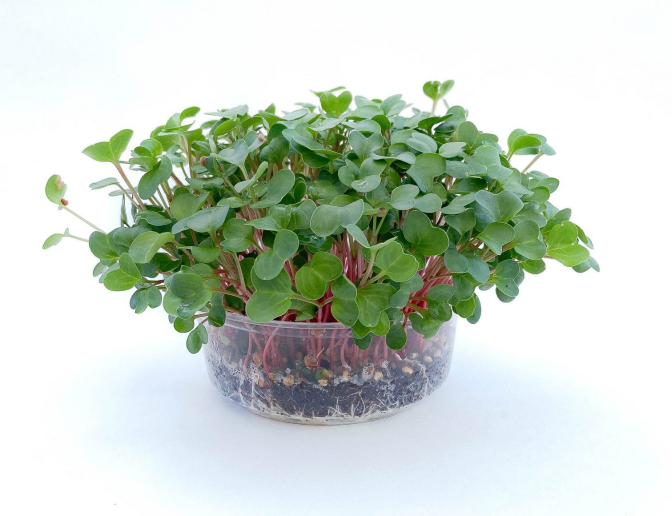
Nutrients and vitamins: Rich in vitamins A, B, C, E, and K, as well as minerals such as potassium, iron, and phosphorus. Radish microgreens also contain beneficial compounds like glucosinolates, which can help detoxify the body and protect against certain types of cancer.
Flavor profile: Peppery and slightly spicy, with a crisp texture.
Culinary uses: Mix into salads and slaws, use as a garnish for sushi and sashimi, or add to sandwiches and wraps for a spicy kick.


Nutrients and vitamins: Packed with vitamins A, B complex, D, and E, as well as minerals like magnesium, potassium, iron, and zinc. Sunflower microgreens also contain essential fatty acids and plant-based protein.
Flavor profile: Nutty and slightly sweet, with a crunchy texture.
Culinary uses: Add to salads, sandwiches, and wraps, or use as a base for raw vegan tacos and lettuce wraps.

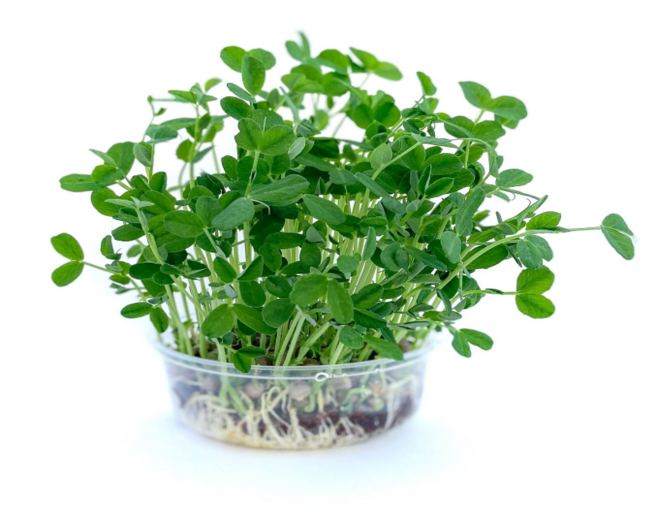
Nutrients and vitamins: High in vitamins A, C, and K, as well as minerals like magnesium, potassium, and iron. Pea microgreens are also an excellent source of plant-based protein and fiber.
Flavor profile: Sweet and mild, with a tender texture.
Culinary uses: Add to salads and stir-fries, blend into green smoothies, or serve as a side dish, lightly sautéed with garlic and olive oil.
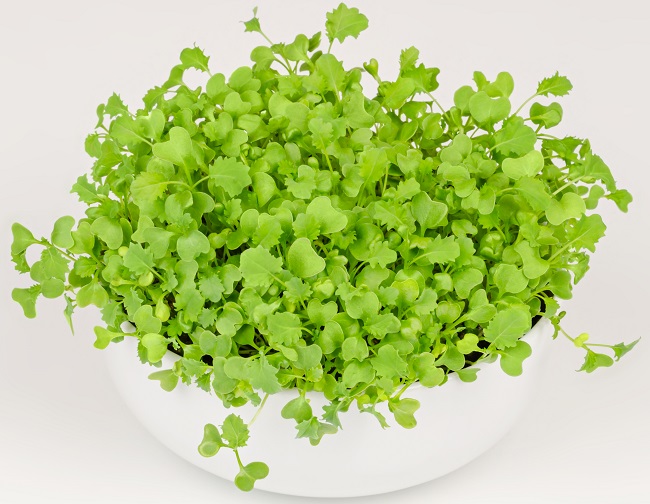
Nutrients and vitamins: Rich in vitamins A, C, and K, as well as minerals like calcium, iron, and magnesium. Kale microgreens also contain powerful antioxidants, such as beta-carotene and lutein, which can help protect against diseases like cancer and age-related macular degeneration.
Flavor profile: Slightly bitter and earthy, with a mild kale flavor.
Culinary uses: Mix into salads, add to smoothies and juices, or use as a garnish for soups and stews.
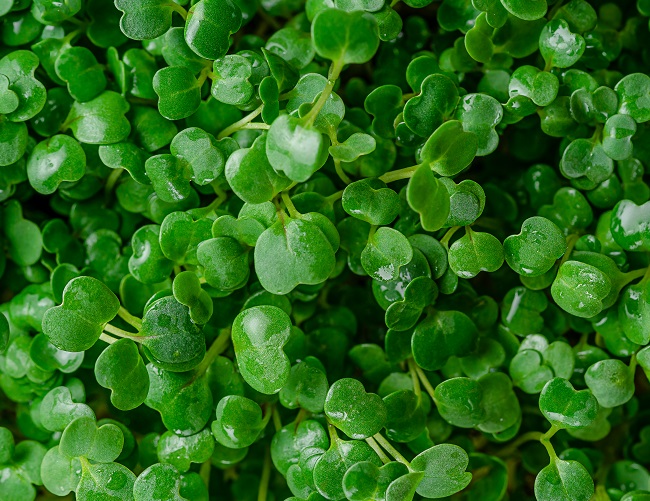
Nutrients and vitamins: High in vitamins A, C, and K, as well as minerals like potassium, calcium, and iron. Arugula microgreens also contain glucosinolates, which have been linked to cancer prevention and detoxification.
Flavor profile: Peppery and slightly pungent, with a distinct arugula flavor.
Culinary uses: Add to salads and pasta dishes, use as a pizza topping, or mix into pesto for a unique twist on a classic sauce.
Microgreens offer a wealth of nutritional benefits that can contribute to better health and well-being. By incorporating these tiny superfoods into your daily diet and exploring different varieties, you can unlock the full potential of nature's powerful gift. Join us in embracing the world of microgreens and experience the transformative power of these nutrient-dense greens on your journey towards optimal health.
©2023 Gourmet Greens Farm. All Rights Reserved.